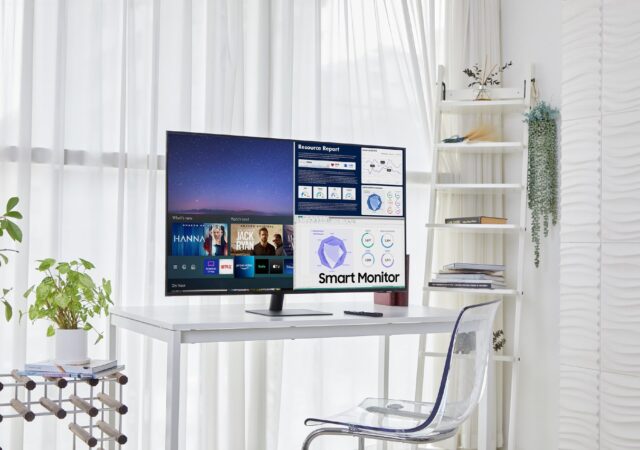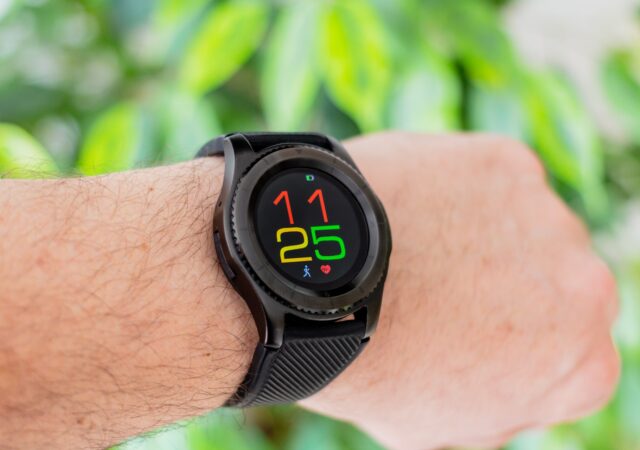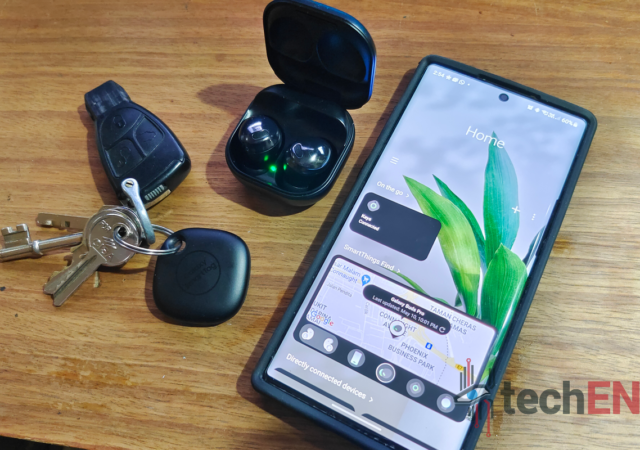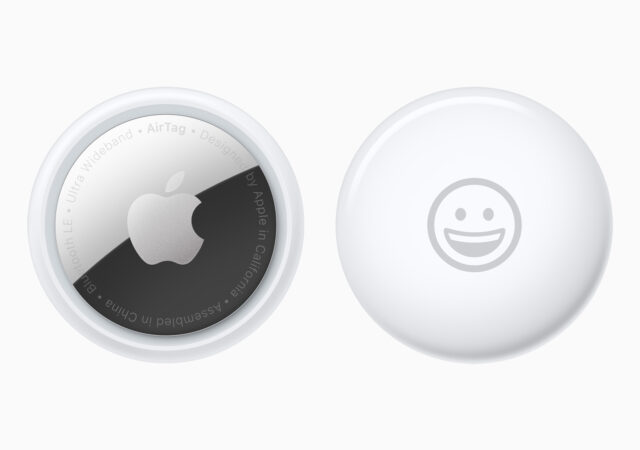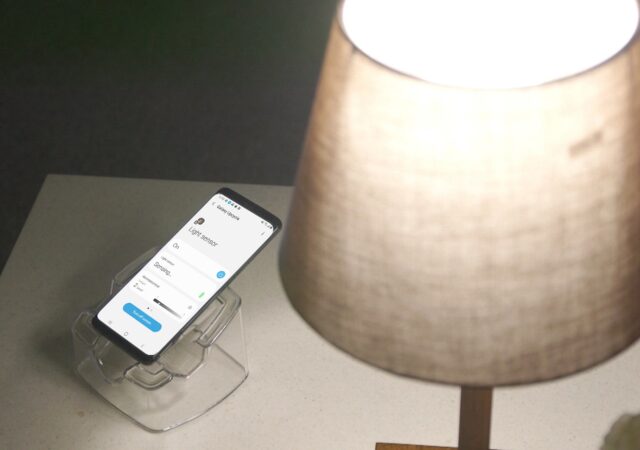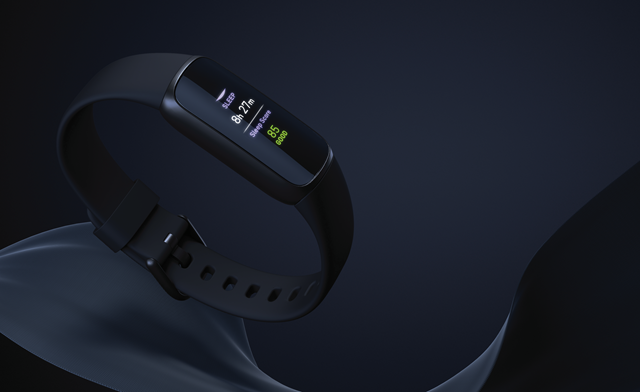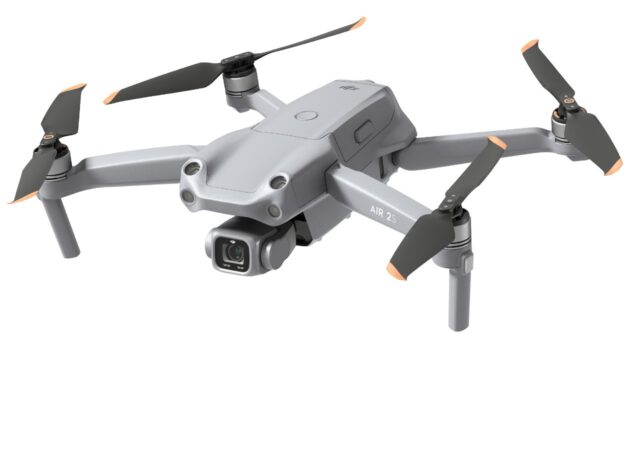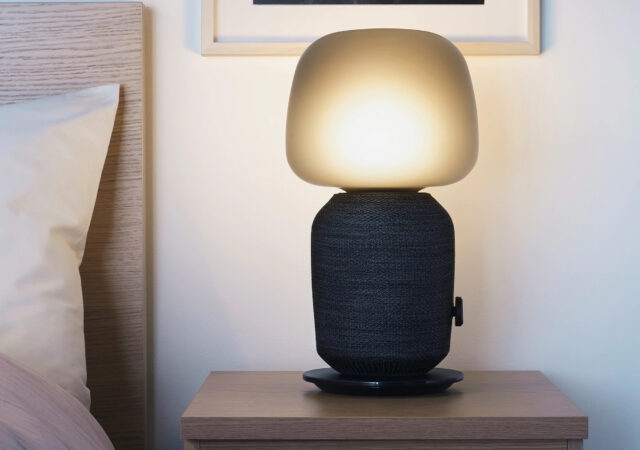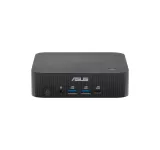Last year Samsung launched something of a game changer, in our opinion. It has nothing to do with gaming, or entertainment, to be fair. It has more to do with work than anything else. In November of 2020, Samsung introduced…
[Google I/O 2021] Google & Samsung Take Wear OS to the Next Level
Google and Samsung are partnering to bring one of the biggest updates to Wear OS that could change the fate of wearables.
Samsung Galaxy SmartTag & SmartThings Find Review: Keeping Track & Finding Your Galaxy
Samsung’s Galaxy SmartTag and SmartThings platform are a crucial extension of the Galaxy Ecosystem. We find out if the platform is up to scratch!
Apple’s AirTag Raises Child Safety Concerns while Users Lament Inability to Share
Apple’s AirTag comes under fire as child safety concerns arise from a retailer in Australia while users are lamenting the inability to share.
Pikafy Your Instax Mini with the New Nintendo-Fujifilm Collaboration
Nintendo and Fujifilm are looking to bring you more Animal Crossing, Pokemon, and Super Mario with a new collboration which brings the popular characters to the portable photo printer.
Samsung’s Galaxy Upcycling Programme Turns Your Old Smartphones into an IoT device!
There is a problem with the smartphone and smart device industry today. That problem is accentuated by the accelerated growth of the industry as well. It is not just a localised problem, mind you. That problem is electronic waste. Technically,…
Sony’s WH-1000XM4 Gets an Elegant Silent White Edition
Sony unveils a limited edition of their popular WH-1000XM4 active noise cancelling headphones.
Fitbit Unleashes A Fashionable Tracker with the Fitbit Luxe
Fitbit has always been a company that has focused on being functional wearable; putting fitness and health tracking before form and style. However, with the new Fitbit Luxe, they’re turning that approach on its head. The Fitbit Luxe takes a…
DJI Air 2S Takes to the Skies with 5.4K Video and 20-Megapixel Photographs
DJI launches their new Air 2S. The DJI Air 2S can now shoot videos at 5.4K resolution and transmit videos from 12km away.
SONOS and IKEA Developing New Hide-in-Plain-Sight Symfonisk Speakers
SONOS and IKEA Developing New Hide-in-Plain-Sight Symfonisk Speakers
If you are looking for a home audio solution today, SONOS will be one name you come across. The American based home audio solution has proven to be one of the most popular home audio brands today with innovative and high-quality products in their stables. They also make some of the best and minimalist looking speakers in the market currently.
IKEA should not be a name that is new to anyone too at this point. They made flat-packed furniture a thing. They are also currently the largest furniture retailer and manufacturer in the world. Every home in Malaysia will haven IKEA product no matter how small. I know my house has a few IKEA stuff. Heck, our office is filled with IKEA furniture.
The partnership between IKEA and SONOS is nothing new too though. IKEA and SONOS produced their first collaboration product, the SONOS Symfonisk Bookshelf WiFi speakers back in 2019. The only issue is that we do not get a lot of IKEA x whatever brand collaboration products in Malaysia.
SONOS and IKEA is back in collaboration to update their Symfonisk WiFi Speaker. This time though, it is not just a WiFi wirelss speaker. This time, the Symfonisk for 2021 is a table lamp too combined with an Apple HomePod lookalike speaker unit. The new Symfonisk speakers are not available in Malaysia at this time. If you have family members or friends in Singapore though, they can order it at SG$ 299 per piece and in either white or black colour options.
Apparently though this is not the only thing they have in their collaboration product pipeline. They are also making an art piece together that is supposed to double as an art piece you can hang on your home walls, or office walls for that matter. This is not the first art piece speaker per say, but of course IKEA will make it more affordable and more flat-pack friendly than anything that came before.
Those are also the only details anyone cares to share on their current collaboration products. Of course, if you already have SONOS products at home, you can pair them to the Symfonisk speakers for surround sound purposes or as connected speakers throughout the home. There are also no details yet on whether the Symfonisk speakers will ever make it to Malaysia. With SONOS making a big push in the region, here is hoping that IKEA Malaysia starts bringing in the SONOS x IKEA Symfonisk products.



